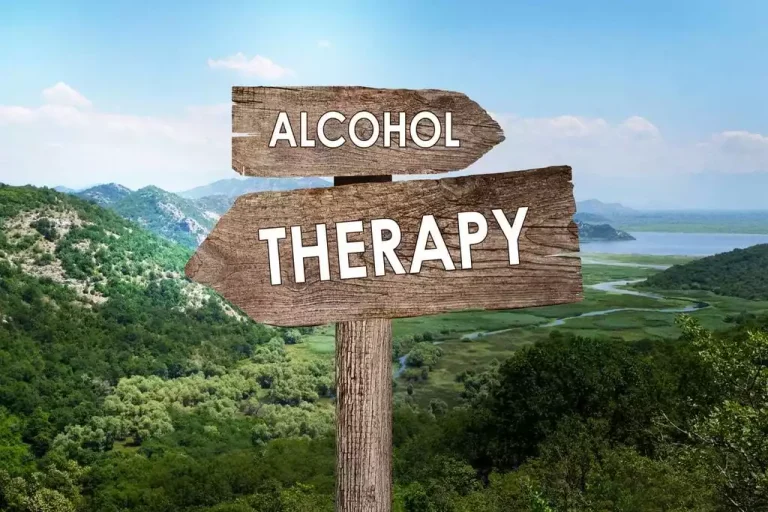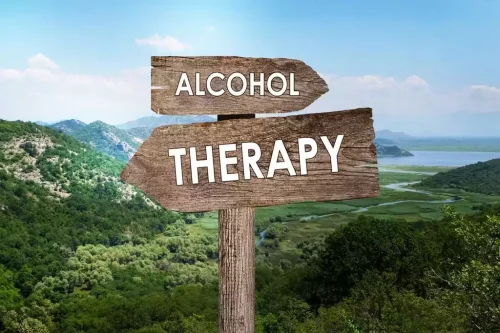The Pros and Cons of Medication-Assisted Treatment

It blocks the breakdown of alcohol, leading to symptoms like nausea, vomiting, liver disease, and severe discomfort. Naltrexone is an opioid receptor antagonist that can aid in preventing relapse for individuals with alcohol use disorder. (20) It works by blocking the rewarding effects of alcohol, reducing cravings and the desire to drink.
Adrenergic medications
- A 2023 study of Medicare beneficiaries found that of 28,602 hospital admissions for a diagnosis related to alcohol use, only 1.3% of patients received a prescription for pharmacologic treatment for alcohol use disorder in the 30 days after discharge.
- Long-term outcomes indicate that MAT, particularly combined with ongoing behavioral therapies, often leads to better retention rates and lower relapse instances when set against traditional abstinence-based models.
- It is essential to provide comfort and relaxation for patients presenting for alcohol detoxification.
- Quitting drinking causes the body to readjust to the absence of these neurotransmitters, and that sudden change disrupts a series of physiological processes, leading to what is essentially overexcitement of the nervous system.
As your body and mind start to adjust to sobriety, you’ll enter the early recovery phase. Your sleep patterns will be better, you’ll notice improved appetite, and your energy levels will be higher. It will also be easier to concentrate as your brain recovers from the effects of alcohol.

Included studies
Critics contend that MAT, by incorporating medications such as buprenorphine, methadone, and naltrexone, can dilute the focus on total abstinence, which has traditionally been a cornerstone of addiction recovery. They argue that reliance on these medications might lead to a misconception that patients are merely substituting one drug for another, raising questions about long-term efficacy and the nature of recovery. If you or a loved one would like to quit alcohol in a safe, non-judgmental space, contact Allure Detox. We offer various treatment programs designed to aid in your recovery, and can discuss options for both inpatient and outpatient support depending on your needs.

Timeline of Alcohol Withdrawal Symptoms
Baclofen has been effective in managing acute alcohol withdrawal and preventing severe alcohol withdrawal. Adrenergic agonists, including clonidine (Catapres) and propranolol (Inderal), help manage withdrawal symptoms by reducing autonomic hyperactivity. These medications alleviate symptoms such as high blood pressure, rapid heart rate, and tremors, providing relief during alcohol withdrawal. It is important to consult with a healthcare provider before starting any supplementation, as certain vitamins, particularly in high doses, can have adverse effects or interact with other medications used during alcohol withdrawal treatment. Other medications may be used adjunctively with benzodiazepines in the treatment of AWS. Gabapentin, carbamazepine, and valproate are sometimes added if symptoms persist despite adequate benzodiazepine treatment.


Amphetamines can produce euphoria, and so are manufactured for recreational use. Ongoing use can lead to dependence, which can be as hard to recover from as dependence on heroin or cocaine. The only randomized trials of amphetamine withdrawal agents have been of antidepressant drugs (amineptine and mirtazapine). Amineptine was found to have limited benefits, showing improvement only on some subjective effects but is no longer on the market because of concerns over its abuse liability. The benefits of mirtazapine have been less clear based on two randomised controlled trials, with one showing improvements in amphetamine withdrawal symptoms and the other showing cutting back on alcohol symptoms no differences in withdrawal outcomes when compared to placebo.
Common withdrawal symptoms

This neurological condition is characterized by confusion, abnormal movement, and eye muscle paralysis. All of these factors lead to a hyperactive nervous system, and the person will experience withdrawal. Keep your finger on our pulse – latest CAMH news, discoveries and ways to get involved delivered to your inbox. Medical guidance is vital in determining the most suitable medication for each person, which is what we will discuss in the next section. Ativan (lorazepam), chlordiazepoxide, diazepam, Librium, Valium, Oxazepam (Serax), Sober living house and Xanax are common examples of benzos and are often used as part of alcohol detox programs.
- Those who have chronic liver issues or who are over the age of 65 may require a more short-acting medication rather than the more regularly prescribed benzos.
- Naltrexone is one of the oldest FDA medication types for the treatment of alcohol dependency and withdrawal.
- Research asserts that patients engaged in MAT can experience enhanced life quality and improved coping mechanisms, resulting in lower risks of overdose or reverting to illicit drug use.
- Our admissions team is ready to support you, whether you’re seeking treatment, need advice, or just want someone to talk to.
- This shift can significantly enhance patient outcomes by providing timely and convenient treatment.
When someone drinks alcohol heavily for an extended period, they risk experiencing acute alcohol withdrawal if they abruptly reduce or stop their alcohol intake.2 Withdrawal from alcohol can be uncomfortable, painful, and even life-threatening. Alcohol withdrawal side effects range from mild to severe and may include anxiety, increased blood pressure and heart rate, nausea and vomiting, tremors, and seizures. During medically managed detox, certain medications can help a person more comfortably and safely go through the alcohol withdrawal process.
